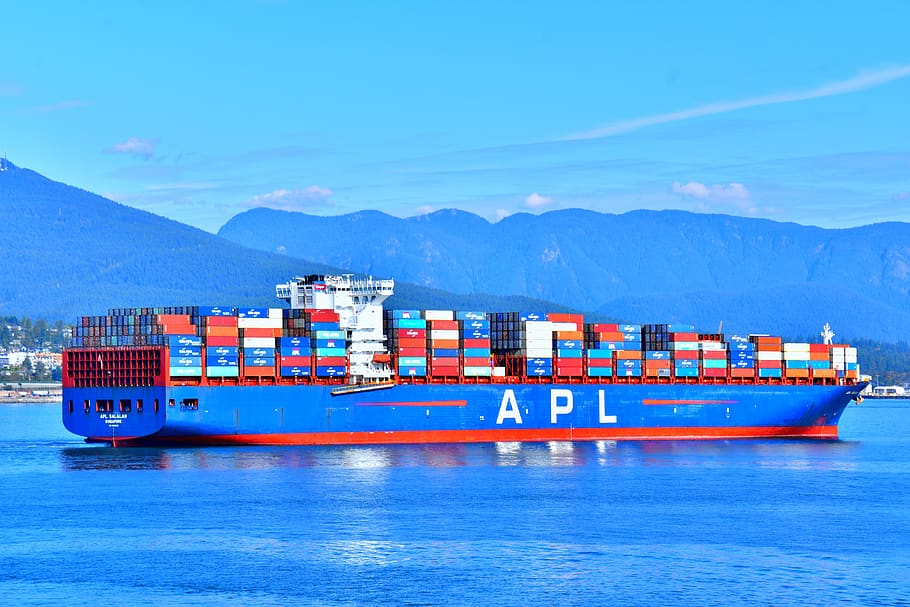IMPORT EXPORT AGENT
FREIGHT FORWARDERS
AIR/SEA/OCEAN FREIGHT/CARGO
WORLDWIDE SHIPPING AND LOGISTICS
FREIGHT FORWARDERS
AIR/SEA/OCEAN FREIGHT/CARGO
WORLDWIDE SHIPPING AND LOGISTICS

Export and Import process stands as a significant step to the entrepreneurs trying to gain some business overseas. Secondly, the benefit lies in the development of country by boost of the economy. Specifically glancing on the export process, it should be acknowledged in depth, by all the businessmen to avoid any hassles during their export of goods. Custom clearance process in India is time consuming and requires a lot of documents. So, all the exporters planning to export the goods should have some time prior to do the required preparations. Given below is the detailed custom clearance procedure which is to be followed when exporting the goods from our country to overseas –
1. Business Identification number – Once you wish to export your items/ goods, the first requirement is the BIN or business identification number. It must be obtained from Director general of foreign trade (DGFT). Additionally, the businessmen should get themselves registered from a verified foreign exchange organization or a dealer.
2. Shipment of Bills – The shipment bills are further bifurcated into the two types, which are to be processed –
a. EDI Bill – In shipment EDI bill, the custom service centers fill the details in the EDI format. Once the data is filled and the data checklist to verify the same is provided by the exporter, it goes for the data processing. At the end, a shipment number is generated on the data verification checklist submitted by the shipper.
b. Non-EDI Bill – Under the Non- EDI bill, exporter is required to fill several shipping forms manually. These forms are mostly related to export duty items, export free goods etc.
Once both the bills are processed, the next step is provision of documents.
3. Allocation of Quota – After that, necessary documents and allocation number is required. Quota allocation number and the stamp needs to be added on the invoice. Shipper is asked to send out the invoice along with all the necessary documents at the time of verification and cargo examination.
4. Goods arrival in Dock – The goods that are to be exported are sent to the dock. After reaching the location, it undergoes the quality and quantity examination. Based on this verification, the items are sent further.
5.Cargo Item verification step – After undergoing through all the above steps, is the verification of cargo item. This step is performed by a custom officer by verifying the quantity of bills to the shipment bill. Afterwards, the original documents along with the shipment bills are handed over to the dock appraiser. If any discrepancies are found at this step, the goods are sent back to the exporter. In case everything is satisfiable and described as per the documents, the export goods are sent further.
6. Sample Testing – The dock appraiser and custom officer test the goods by randomly
extracting three samples out of the total items. Out of which one item is sent to the testing agency for its authenticity. The second one remains intact with the custom officer and the last one is for the reference of exporter or shipper. The three samples are furthermore recalled as –
a. Original.
b. Duplicate
c. Triplicate.
7. Final Changes – If there are any corrections required in the documents or shipment bills, it can be done through the custom office. If your let export document not generated, you can check out and make the necessary amendments. These changes can be undergone with the help of deputy commissioner or joint commissioner.
8. Claim the drawback – Once the shipping bill and other documents are verified, exporter has the option to claim the drawback duty applied on his goods. It can be done online and the amount will be redirected to the shipper’s bank account directly.
9. Shipment of the goods – Lastly, the exporter receives the signed copy of shipment bills and original documents from the dock appraiser. He then hands it over to the streamer agent. When all the documents are as per the requirement, the agent then loads the packages into containers and loads into the mode of transport. Let transport order is issued by the agent or dock appraiser and after that only it is loaded further.
10. Submission of documents – Shipper/ Exporter submits all the necessary documents such as – shipping bill, original ones for the verification. Additionally, new documents are created in order to fulfill the custom clearance step. When all the documents are processed, a shipping bill number is generated which is required for the future purposes. The primary responsibility of the custom agent is to create the bill of entry which needs to be verified from the custom office.
The above-mentioned steps are performed during the export custom clearance process. Every step has the necessary actions to be taken. Go through these steps and you have all the required information for the process.